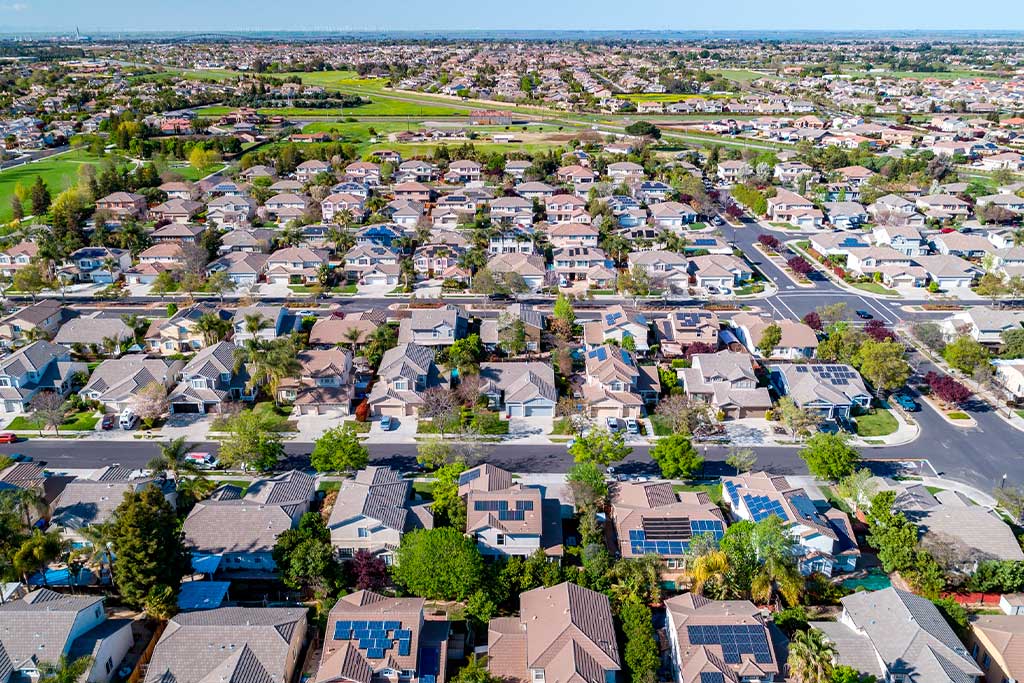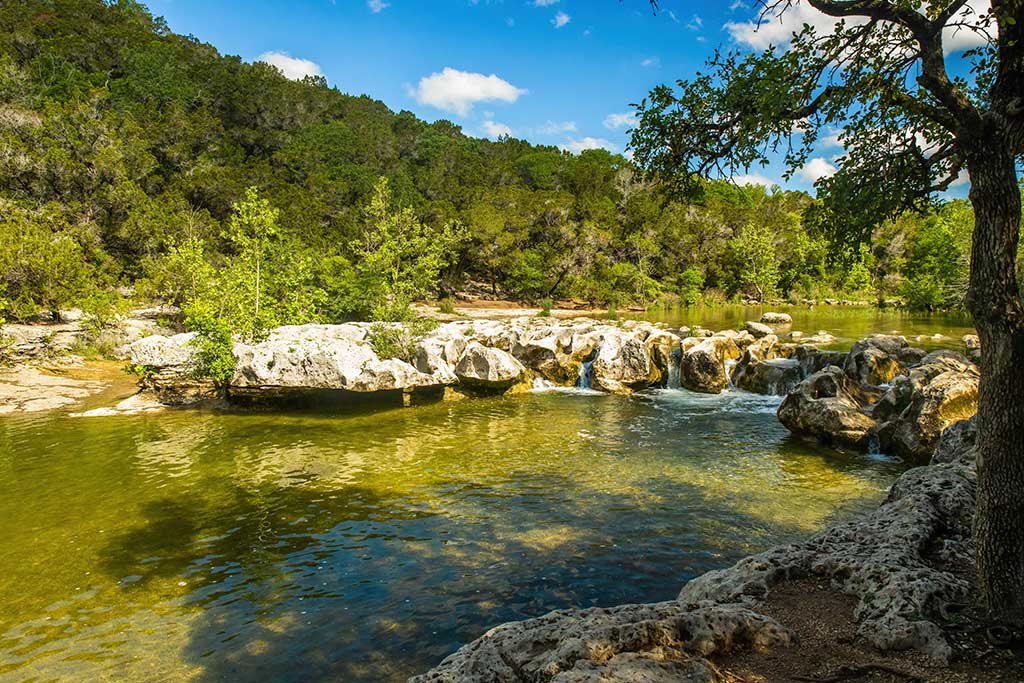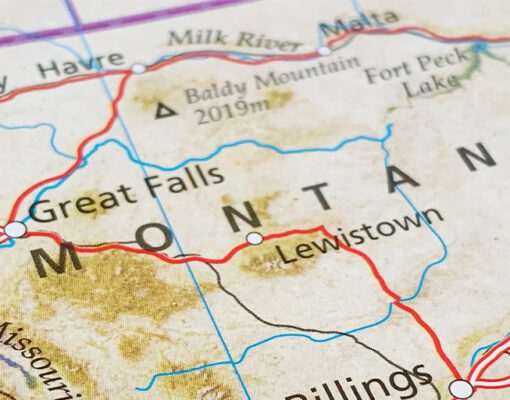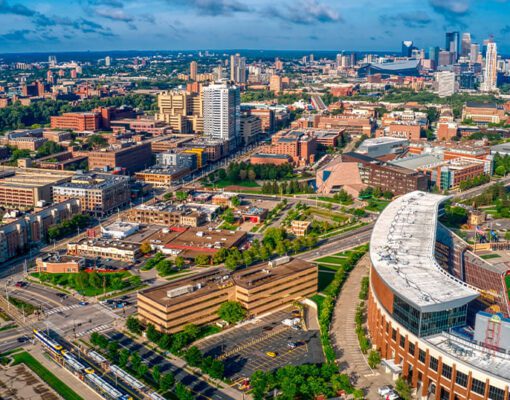
The Complete Guide to Moving from St. Paul to Austin: Embrace Your Texas Adventure
October 20, 2025
So, you’re trading the snowy streets of St. Paul for the sunny vibes of Austin, Texas? Exciting move! Whether it’s for work, lifestyle, or simply the itch to explore something new, relocating from Minnesota’s capital to Texas’s capital is a big change, but one packed with opportunity, great food, and a whole new rhythm of life.
This guide will walk you through everything you need to know about moving from St Paul to Austin: from weather and job prospects to cultural shifts and moving tips.
Why Austin?
Austin isn’t just Texas’s capital city. It’s a booming hub for tech, culture, and creativity. Known as the “Live Music Capital of the World,” it balances a laid-back lifestyle with rapid growth. Think outdoor patios, tacos for breakfast, and a calendar full of festivals.
For St. Paul residents, the biggest appeal often comes down to three things: warmer weather, a thriving job market, and a vibrant, eclectic culture.
St. Paul vs. Austin: A Quick Comparison
| Factor | St. Paul, MN | Austin, TX |
| Climate | Cold, snowy winters; mild summers | Hot summers, mild winters; lots of sunshine |
| Cost of Living | Moderate, slightly below U.S. average | Rising quickly; housing more expensive |
| Job Market | Healthcare, education, government, finance | Tech hub, startups, creative industries |
| Culture & Vibe | Scandinavian roots, Midwestern charm | Quirky, diverse, “Keep Austin Weird” |
| Food Scene | Comfort food, craft beer, hearty Midwest fare | BBQ, Tex-Mex, farm-to-table, vibrant nightlife |
| Outdoor Life | Lakes, winter sports, seasonal activities | Hiking, swimming, live music festivals outdoors |
| Schools | Strong public school districts, community feel | Mix of AISD, charters, top-rated suburban ISDs |
| Transportation | Car + some light rail/bus options | Mostly car-dependent, limited public transit |
Weather: From Freezing Winters to Sunny Skies
Let’s be honest: if you’ve survived Minnesota winters, you can handle just about anything. That said, Austin’s climate will feel like a whole new world. Winters are mild, with temperatures that hover in the 50s and 60s, “cold” by Texas standards, but practically spring-like to you. The real adjustment comes in summer, when triple-digit heat is the norm and air conditioning becomes your best friend.
Spring and fall bring thunderstorms, and you’ll want to trade your parka for sunscreen, breathable fabrics, and maybe a wide-brimmed hat. It’s not about surviving the weather anymore; it’s about enjoying it, as long as you stay hydrated.
Cost of Living

One of the biggest shifts you’ll notice moving from St. Paul to Austin is the cost of living. While groceries, utilities, and everyday expenses tend to be pretty comparable, housing is where you’ll see the biggest jump. Austin’s real estate market has been booming for years, and both buying and renting can feel steep compared to what you’re used to in Minnesota.
That said, Texas offers relief in other areas, no state income tax, plenty of free outdoor entertainment, and a generally lower cost of things like gas and dining out. If you budget smartly, the trade-offs balance out, but it’s worth running the numbers before you pack up.
Job Opportunities: Welcome to Tech Central
Austin has earned the nickname “Silicon Hills” thanks to its booming tech industry. Major players like Apple, Dell, Tesla, and Oracle have headquarters or campuses here, and the startup scene is buzzing. Healthcare, education, and government are also strong industries.
Compared to St. Paul, you’ll notice two things quickly: higher salaries in certain fields, and the welcome absence of state income tax. While housing costs have climbed, Austin still offers better value than coastal cities like San Francisco or New York.
Cultural Shifts: Minnesota Nice Meets Texas Friendly
Both St. Paul and Austin are known for their hospitality, but the vibe is a little different. “Minnesota Nice” has its quiet, polite charm, while Austin’s friendliness feels laid-back, casual, and sometimes delightfully quirky.
You’ll also see the differences at the dinner table. Hotdish and walleye might take a backseat to smoky barbecue, gooey queso, and the holy grail of Texas cuisine: breakfast tacos. Beyond food, Austin lives and breathes creativity, with live music spilling out of bars on any given night and art festivals filling up the calendar. Add in the outdoor lifestyle, kayaking on Lady Bird Lake, hiking the Barton Creek Greenbelt, or swimming in Barton Springs, and it’s clear you’re in for an energizing change of pace.
Food and Dining
Austin’s food scene is legendary. Here’s what to expect when you swap Midwest comfort food for Texas flavors:
- Barbecue: Franklin Barbecue is iconic, but neighborhood joints are everywhere.
- Tex-Mex and tacos: Breakfast tacos will become your morning routine.
- Farm-to-table: A growing health-conscious movement means plenty of vegan, vegetarian, and organic options.
- Food trucks: You’ll stumble upon some of the best meals in the city for under $10.
Finding Your Neighborhood
Austin is a city of distinct neighborhoods, each with its own personality. Downtown is buzzing and walkable, but pricey. South Congress (SoCo) is artsy and trendy, East Austin is a foodie’s paradise with a creative edge, while North Austin has a suburban feel and easy access to tech campuses. If you’re bringing a family, nearby suburbs like Round Rock or Pflugerville give you more space and good schools.
A smart move is to rent first. Give yourself a few months to explore different parts of the city before you commit to buying a home.
Everyday Life in Austin
Adjusting to Austin life is about more than weather and work. Public transportation is limited compared to the Twin Cities, so most people rely on cars, and yes, traffic can be intense. On the bright side, you’ll get introduced to Texas’s crown jewel of grocery stores, H-E-B, which locals swear by.
Sports fans will find plenty to love, too. From Longhorn football to Formula 1 at Circuit of the Americas, the city knows how to rally around big events. And if you’re looking to make new friends, Austinites are social by nature. Join a yoga class in Zilker Park, volunteer at a festival, or just strike up a conversation at your local taco stand.
Schools and Family Life
If you’re moving with kids, education and family activities are probably at the top of your checklist. Austin has plenty to offer on both fronts.
School Options
- Public schools: The Austin Independent School District (AISD) is the largest, with a mix of highly rated schools and magnet programs for arts, STEM, and language immersion.
- Surrounding districts: Families often look at Round Rock ISD, Leander ISD, and Eanes ISD for strong academic reputations, newer facilities, and competitive sports programs.
- Charter and private schools: Austin has a growing number of charter schools plus private options ranging from Montessori to college-prep academies. This gives families flexibility to find a school that matches their child’s needs.
Family-Friendly Living
One of the biggest perks of Austin is just how much it caters to kids and families. You won’t be stuck indoors like in St. Paul winters. Here, the outdoors is open year-round.
Parks and green spaces: Zilker Park is Austin’s crown jewel, but nearly every neighborhood has playgrounds and trails.
Outdoor fun: Swimming at Barton Springs, paddle boating on Lady Bird Lake, or weekend hikes at McKinney Falls State Park are family favorites.
Community activities: Farmer’s markets, library story hours, and family-oriented festivals make it easy to get out and meet other parents.
Sports and recreation: From youth soccer leagues to music lessons, Austin has a wide range of extracurriculars that tap into the city’s active and creative vibe.
Pro Tip: Summers can get scorching, so you’ll want to keep a list of indoor play areas, museums, and splash pads handy to keep kids cool and entertained.
Transportation and Getting Around
If you’re used to St. Paul’s bus routes and light rail, Austin’s public transit may feel limited. Capital Metro runs buses and a single rail line, but most Austinites drive. Expect heavier traffic than in St. Paul, especially during rush hour on I-35 and Mopac.
- Car-friendly city: Owning a car is almost essential, especially if you plan to live outside central Austin.
- Biking: Austin is bike-friendly in some areas, with designated lanes and bike-share programs.
- Airport: Austin-Bergstrom International Airport makes traveling back to Minnesota easy, with direct flights to Minneapolis-St. Paul.
Healthcare and Wellness
Austin’s healthcare network is strong, with major hospitals like St. David’s and Ascension Seton. Families will find plenty of pediatricians and specialty care options.
- Fitness and wellness: Outdoor yoga in Zilker Park, boutique gyms, and miles of trails make staying active easy.
- Healthcare access: Compared to St. Paul’s Mayo-influenced ecosystem, Austin healthcare is solid but may feel more spread out geographically.
Social Life and Making Friends
Leaving behind long-time Minnesota connections can feel daunting. The good news? Austin makes it easy to plug in.
- Meetups and clubs: From coding groups to book clubs, there’s a social group for every interest.
- Volunteer culture: Festivals, nonprofits, and community projects often need helping hands. It’s a great way to meet locals.
- Networking: For professionals, Austin’s tech meetups and co-working culture are incredibly welcoming.
Entertainment and Nightlife
Austin is called the Live Music Capital of the World for good reason. From huge festivals like ACL and SXSW to small dive bars with nightly gigs, music is everywhere. The Blanton Museum, local theaters, and street art keep things eclectic. Rainey Street and Sixth Street are the go-to areas for bars and late-night fun.
Outdoor Adventures

Say goodbye to hibernating through Minnesota winters. In Austin, the outdoors is a year-round playground.
- Paddleboard or kayak on Lady Bird Lake.
- Hike the Barton Creek Greenbelt.
- Swim at Barton Springs Pool.
- Take weekend trips to the Hill Country for wine tasting or hiking.
Things That Might Surprise You
Every move comes with quirks. Here are a few Austin-specific ones:
- The heat is no joke. Hydration is part of daily life.
- Allergies: Cedar pollen in winter is notorious for “cedar fever.”
- Insects: You’ll swap mosquitoes for fire ants and the occasional scorpion.
- Weirdness is celebrated: Don’t be surprised if you see people walking pet parrots or playing bongos at the park.
Planning the Move: From St. Paul to Austin
From St. Paul, you’re looking at roughly 1,100 miles, or about a 17-hour drive. That’s long enough to make it worth weighing your options. Some people pack a rental truck and turn it into a road trip, while others go the stress-free route with professional Minneapolis long-distance movers.
One tip: Avoid scheduling your move during the peak of summer. Not only are moving services more expensive, but hauling boxes in 105°F heat is nobody’s idea of fun.
Budgeting Your Move
- Moving costs: For a long-distance move like this, expect anywhere from $3,000–$7,000, depending on your chosen mover.
- Travel expenses: Factor in gas, hotels, and meals if you’re driving.
- Deposits and setup fees: Don’t forget new utility deposits, rental application fees, and maybe even furniture that suits a warmer climate lifestyle.
Timing Your Austin Move
Summers in Texas can be brutally hot, with temperatures easily soaring past 100°F, so hauling boxes in July or August isn’t exactly pleasant. If possible, aim for a spring or fall move when the weather is milder. March through May or late September through November are often the sweet spots. Not only will you avoid the peak of Austin’s summer heat, but moving companies also tend to have more availability outside the busiest summer months.
Another factor to keep in mind is housing demand. Austin’s real estate market has been hot for years, and rental availability can fluctuate depending on the season. Families with school-age kids may prefer a summer move to minimize disruption, even if it means braving the heat, while singles or couples often find that a late-fall move gives them more rental choices and less competition. Ultimately, thinking ahead about timing helps you balance comfort, cost, and convenience.
Declutter Before You Pack
St. Paul winters mean you probably own more coats, boots, and snow gear than you’ll need in Austin. Sell, donate, or give away what won’t make sense in Texas. Lighter wardrobes, less bulky furniture, and fewer duplicates = cheaper moving costs.
Transition Tips

- Change your address early: USPS, banks, subscriptions, and driver’s license updates.
- Transfer medical records: And refill prescriptions before leaving.
- Bring climate essentials: You’ll want your shorts and sunscreen at the top of your suitcase, not your parka.
- Car check-up: You’ll be driving more in Austin; make sure your car’s ready for the long road trip and warmer climate.
- Keep your Minnesota ties strong; you’ll appreciate trips back north in summer.
Move From St. Paul to Austin with Piepho Moving & Storage
Leaving St. Paul means saying goodbye to snow days, lakeside summers, and a tight-knit Midwest community, but Austin offers a chance to reinvent your lifestyle in one of the fastest-growing, most exciting cities in the U.S.
Relocating from St. Paul to Austin is a big step, but you don’t have to do it alone. Piepho Moving & Storage has been helping families and individuals move smoothly for decades, handling everything from packing and transport to settling in with ease. With our experience in long-distance relocations and commitment to stress-free service, you can focus on embracing Austin’s new adventures while we take care of the heavy lifting.
Contact us today to get a free moving quote.




